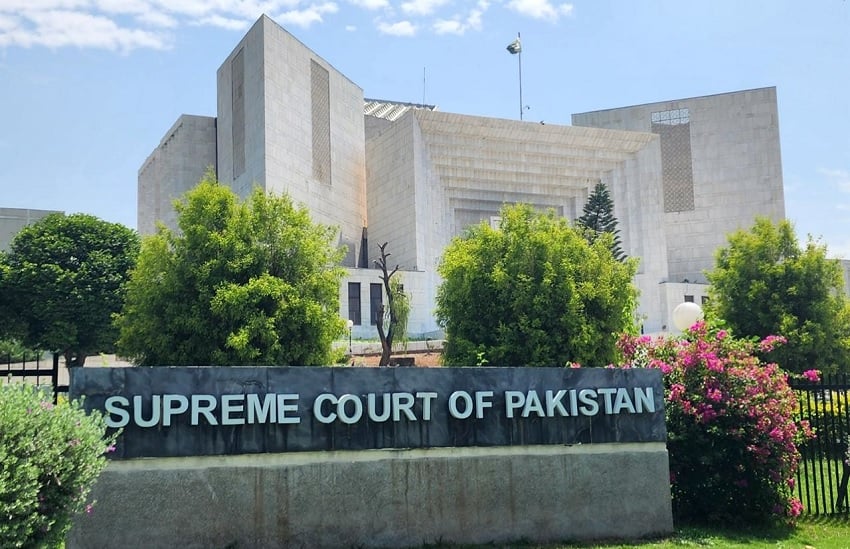By: Kashif Nawab
In a nation often marred by incidents of religious intolerance and sectarian violence, the 2014 Supreme Court judgment authored by then Chief Justice Tassaduq Hussain Jillani stands out as a landmark moment in Pakistan’s constitutional history. Delivered in the aftermath of the horrific Peshawar church bombing in September 2013, which claimed the lives of more than 80 worshippers, the judgment was a bold reaffirmation of the state’s constitutional duty to protect all citizens—regardless of their faith.
Taking suo moto notice under Article 184(3) of the Constitution, the Court responded to civil society petitions that highlighted the state’s failure to protect religious minorities. The judgment drew on the foundational ideals of the Constitution, particularly Articles 20, 25, and 36, which guarantee religious freedom, equality before the law, and the protection of minority rights. It also invoked Muhammad Ali Jinnah’s August 11, 1947 speech to the Constituent Assembly, which envisioned a secular state where religion was not the business of the government.
Among its most significant directives, the Court declared the state unequivocally responsible for safeguarding the life, property, and places of worship of religious minorities. It ordered the creation of a special police force dedicated to protecting minority religious sites and called for the establishment of a statutory National Council for Minorities’ Rights to monitor the enforcement of constitutional protections, suggest policy reforms, and ensure greater minority participation in public life.
In a particularly forward-looking move, the judgment addressed the role of education in perpetuating intolerance. It directed the federal and provincial governments to remove hate speech and discriminatory content from school curricula, urging a more inclusive portrayal of all religious communities. To ensure that these directives were not lost in bureaucratic inertia, the judgment also called for the establishment of a dedicated bench at the Supreme Court to monitor compliance.
More than a decade later, the implementation of these directives has been uneven. Some positive developments include the formation of minority protection units in provinces like Punjab and Sindh, limited curriculum reforms under the Single National Curriculum framework, and increased visibility for minority rights in public discourse. However, critical challenges persist. The National Council for Minorities’ Rights lacks the legal authority and financial autonomy envisioned by the Court. Institutional inertia, political sensitivities, and entrenched societal prejudices continue to obstruct meaningful progress. Sporadic incidents of violence against Christians, Hindus, and Ahmadis highlight the enduring gap between constitutional promises and on-the-ground realities.
Despite these setbacks, the judgment remains a pivotal reference point in Pakistan’s minority rights jurisprudence. Legal experts and civil society actors have repeatedly called for the codification of the Court’s directives into law, stronger judicial follow-up, and empowerment of oversight bodies. They also emphasize the need for widespread human rights education and international support to reinforce domestic reforms.
In comparative perspective, the 2014 judgment holds its own against progressive rulings in other Muslim-majority nations, such as India and Indonesia, where courts have intervened to uphold pluralism against majoritarian pressures. However, unlike those countries, Pakistan continues to face greater challenges in terms of enforcement capacity, legal independence, and media freedom.
The Supreme Court’s 2014 verdict is not merely a legal document—it is a moral call to action. It challenges the state to move beyond symbolic gestures and commit to the substantive protection of all its citizens, regardless of their religious identity. As Justice Jillani noted, religious freedom must not only be seen as a constitutional entitlement but as a foundational principle of the nation’s character. While the journey toward full realization remains long, the judgment provides a powerful framework to envision and pursue a more inclusive and just Pakistan.


